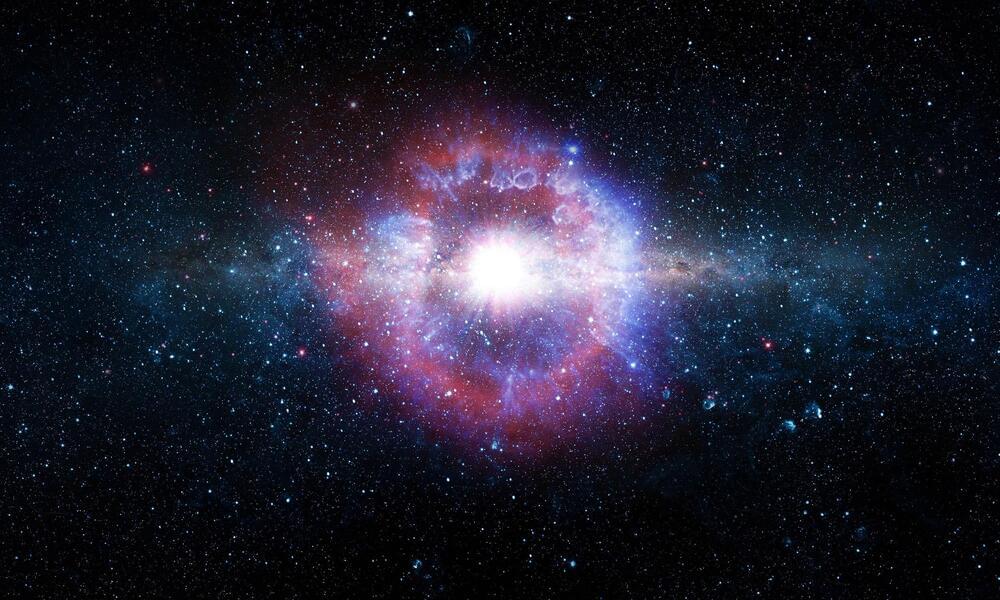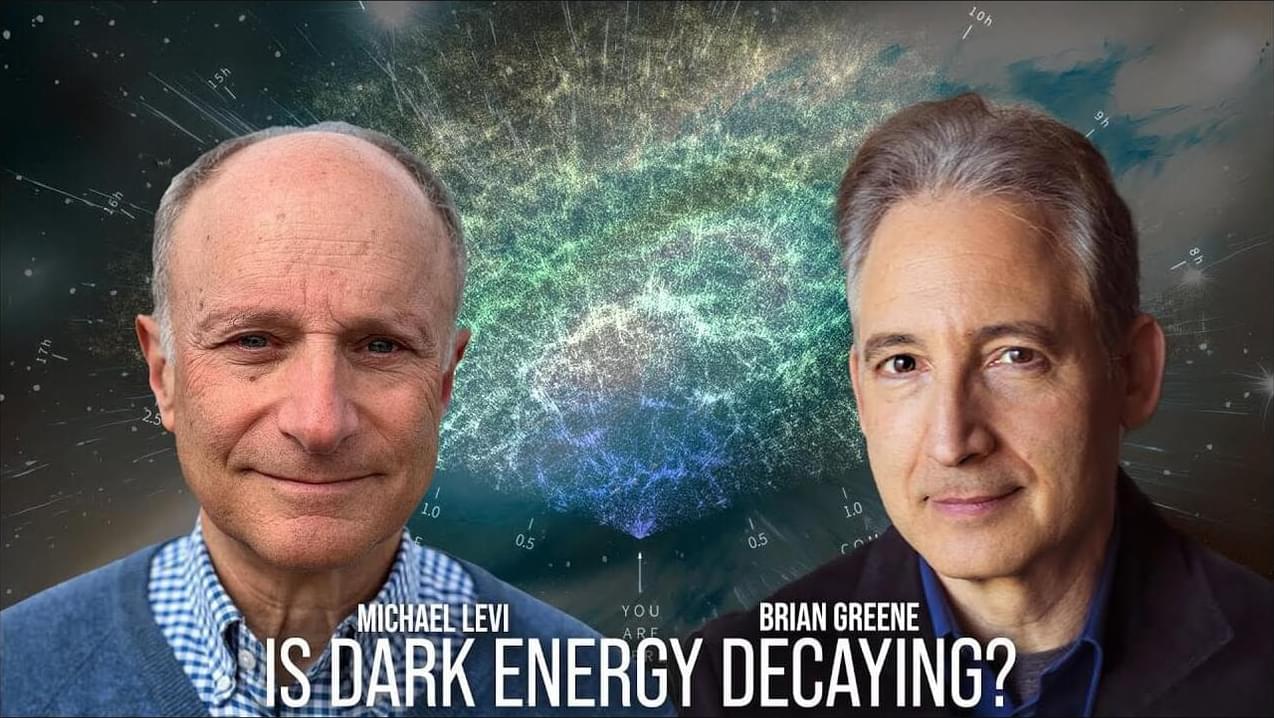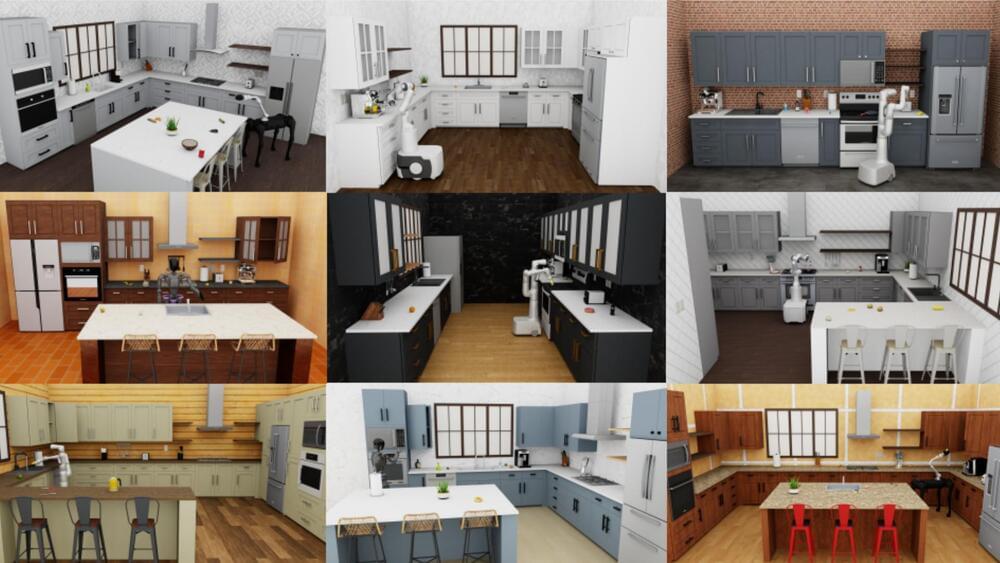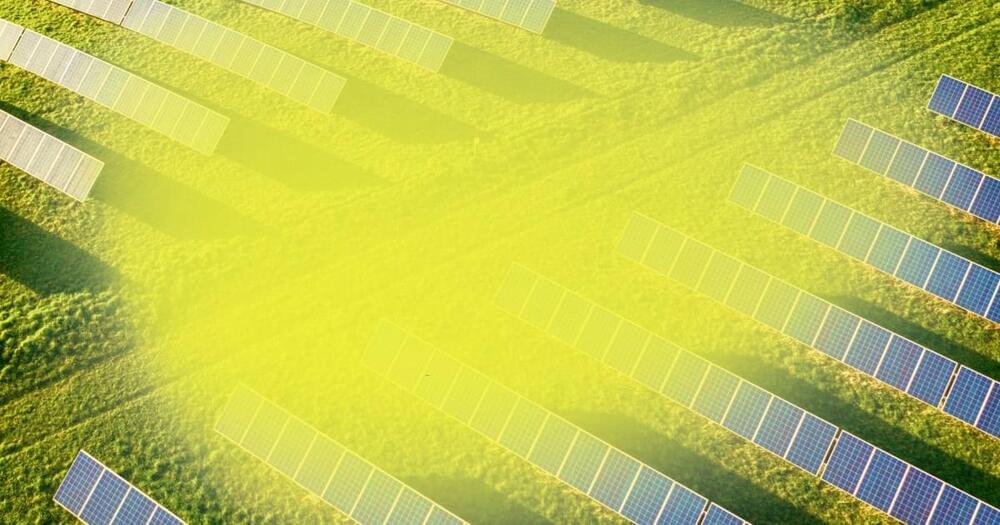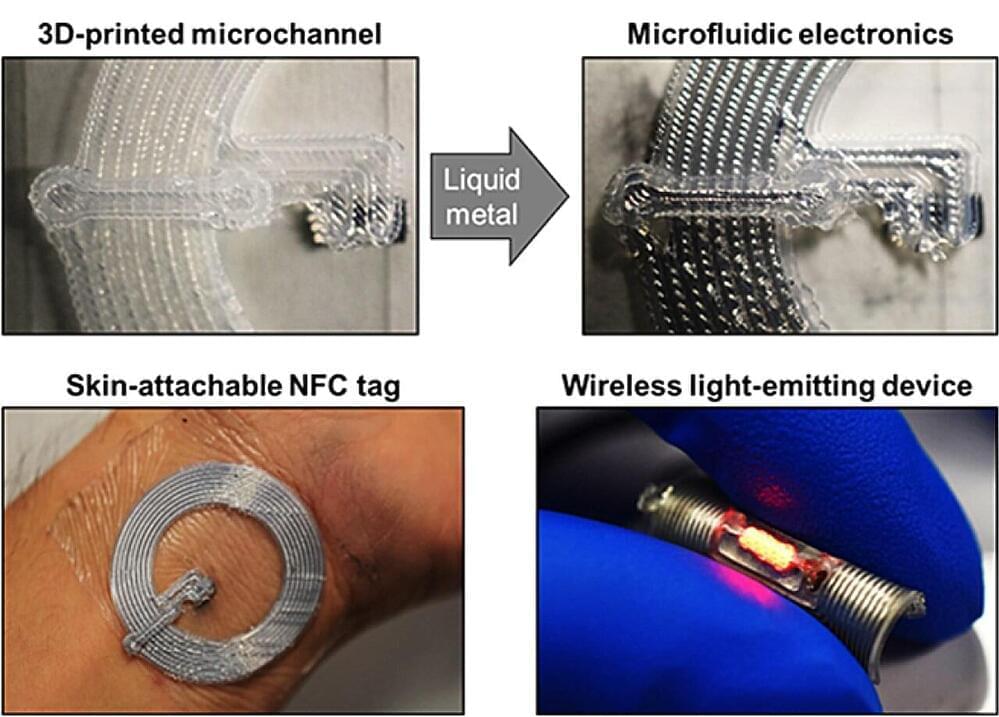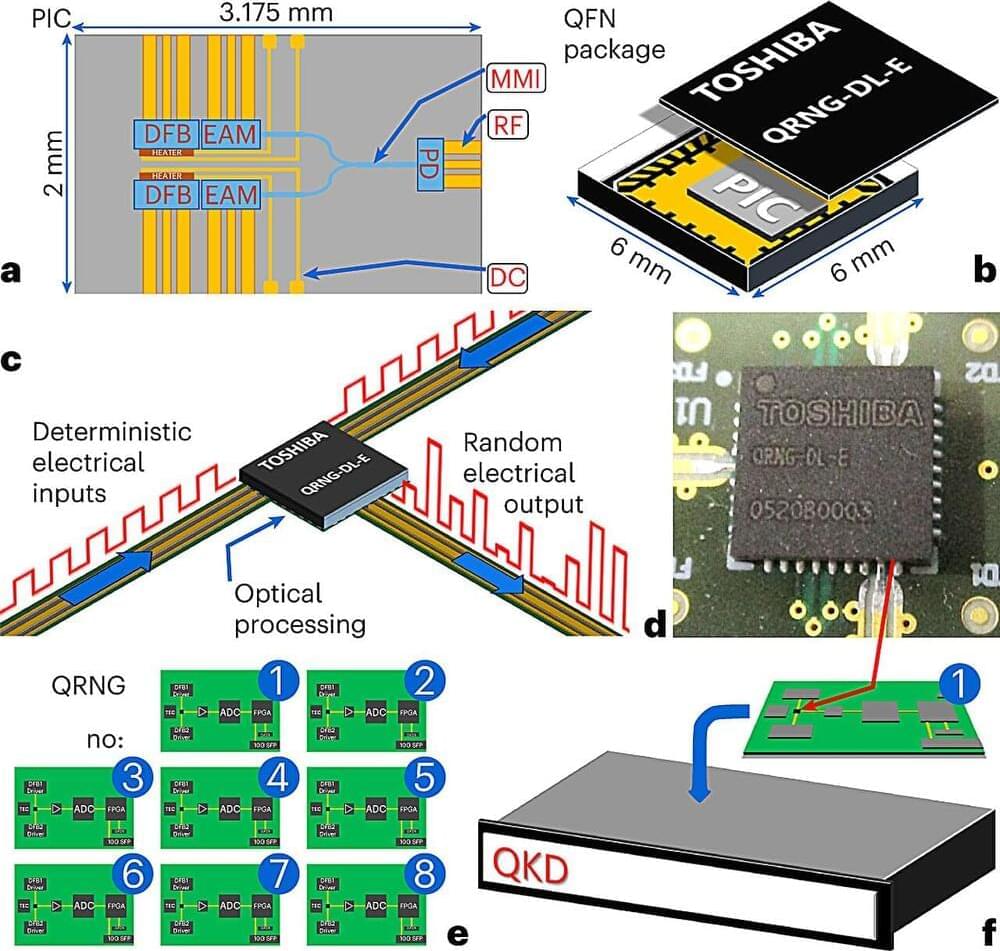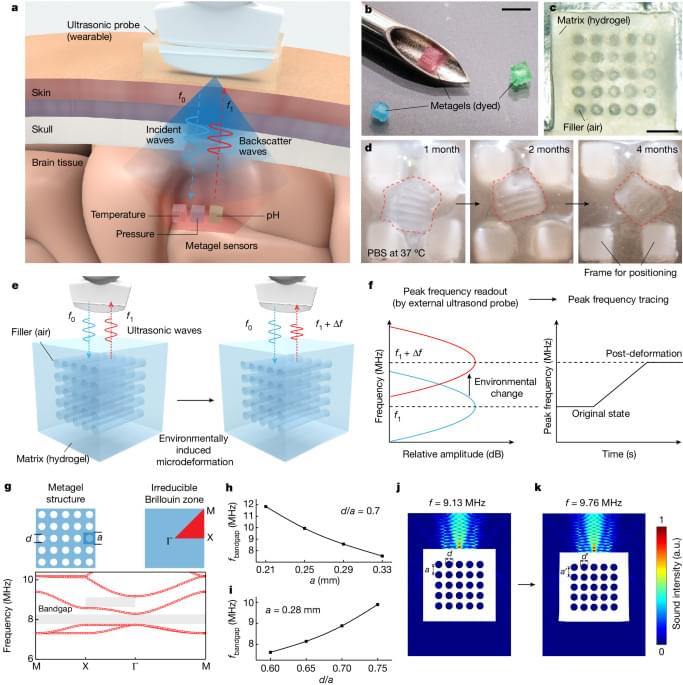The vast expanse of the night sky, a canvas dotted with countless stars, is about to unveil a rare and spectacular phenomenon. Brace yourself for a stellar light show as T Coronae Borealis, a seemingly unremarkable star nestled within the constellation Corona Borealis, is on the brink of a dramatic nova explosion.
T Coronae Borealis, affectionately known as T CrB, is no ordinary star. It’s a binary system, a celestial pattern of two stars locked in a gravitational embrace.
At the heart of this cosmic process lies a white dwarf, the incredibly dense remnant of a once-mighty star. Its partner, a bloated red giant, is in the twilight years of its existence, slowly shedding its outer layers under the relentless pull of the white dwarf’s gravity.
